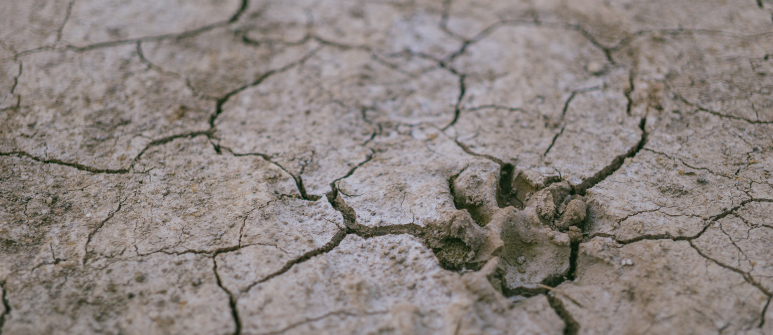
Expansive Soil and Your Home
Posted on August 05, 2021 by Laura Lee Tingley and Shane FleenerHomeowners new to the state may have noticed something different about Colorado’s soil: it expands when it becomes wet. This is the result of “bentonite”, an absorbent clay which swells when wet and contracts when dry. The forces associated with soil expansion are so powerful it can lift buildings to the degree of several inches or feet.
The biggest concern for homeowners dealing with expansive soils is the potential damage they can cause. Such damages can range from cosmetic (concrete or drywall cracks) to catastrophic (structural and foundation failure). It may take several years for such soil movement or damage to occur; however, warning signs homeowners should look for include:
• Doors or windows that are racked, difficult to operate, open or close, and that no longer latch or lock properly.
• Cabinets or molding that has become separated from the wall, floor, or ceiling.
• Drywall cracks emanating from the corner of windows, the corner of doors, near areas of transition (such as locations where walls meet the ceiling), or near load-bearing structural framing components. Cracks associated with expansive soil often move in a diagonal direction, but that is not always the case. Such cracks may also grow in width or length following periods of heavy rain and shrink during drier periods.
• Cracking or moving of foundations or other concrete components such as sidewalks, driveways, entry stairs, garage slabs, or basement slabs.
The cost to replace or treat expansive soils, and the damages such soils cause, is significant. Thankfully, Colorado contains multiple standards and laws that are aimed at protecting homeowners from incurring those costs. Some of these protections exist at the front end of the construction process, while others protect homeowners after construction.
Prior to construction, builders are required to utilize one of the construction designs that a licensed geotechnical engineer recommends for the specific property. Builders are often presented with multiple options in this regard. Those options which greatly reduce the risks associated with expansive soils are more expensive to construct, while those which provide minimal risk reduction are less expensive. Unfortunately, builders often choose the cheapest design, which increases the builder’s profit margin, but also increases the risk of soil movement and damage to the future homeowner.
If the geotechnical engineer’s design is defective, or if the builder negligently failed to construct the home and surrounding area in accordance with a proper design, soils will expand beyond expected and – in turn – the movement and damage discussed above can result. Colorado law also protects homeowners from this scenario after construction through laws that hold the builder (and others that contributed to the problem) responsible for paying all reasonable repair costs. The builder will also be held responsible for those repair costs if it failed to adequately disclose the risks associated with the site’s expansive soil and design.
These post-construction protections are not without limit. Homeowners (or homeowner associations acting on behalf of themselves and/or their homeowner) only have a limited amount of time to invoke their rights, after which all protections will disappear. Once that happens, the builder will no longer bear any responsibility for the problems they caused, and the homeowner will shoulder all repair costs associated with the builder’s negligent work.
If you or anyone in your community believes they have damage due to expansive soil, please give Hearn & Fleener a call for a free, confidential investigation.
